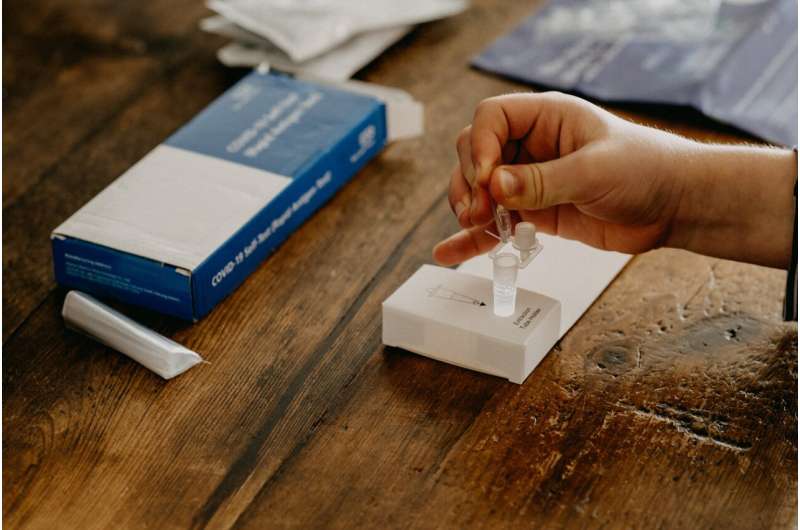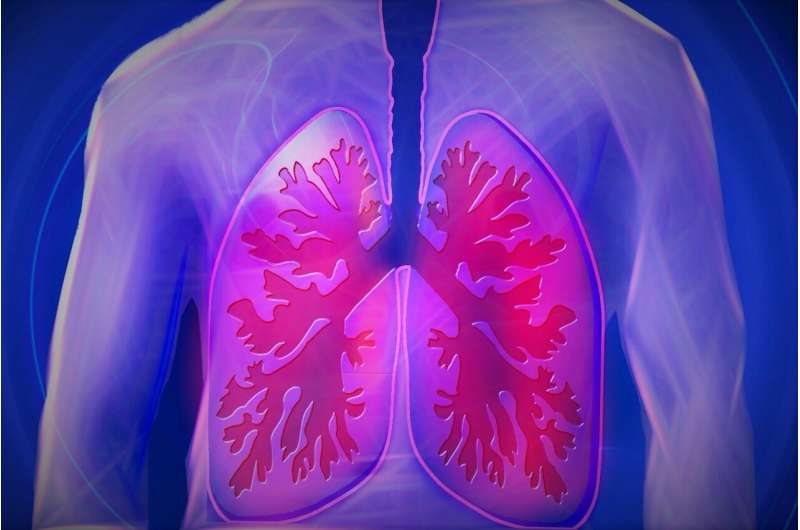Using Machine Learning to Distinguish Tremor and Myoclonus in Movement Disorders

A pioneering study utilizing machine learning has successfully distinguished tremor from myoclonus, enhancing diagnosis accuracy and enabling personalized treatment of movement disorders.
In a groundbreaking advancement from the Expertise Center for Movement Disorders at the University Medical Center Groningen, researchers have successfully employed machine learning—a cutting-edge branch of artificial intelligence—to accurately differentiate between types of movement disorders. This innovative approach was part of the Next Move in Movement Disorders (NEMO) project, a collaboration with the Bernoulli Institute at the University of Groningen, and was published in the journal Computers in Biology and Medicine.
The primary focus of the initial study was to distinguish tremor from myoclonus, two involuntary movement phenomena that often exhibit similar symptoms but require different treatment strategies. Tremor commonly occurs in conditions like essential tremor and Parkinson’s disease, characterized by rhythmic, involuntary oscillations of the hands or other body parts. Myoclonus, on the other hand, involves sudden, brief muscle jerks that can be linked to various neurological issues.
Elina van den Brandhof, a researcher involved in the project, emphasized that this new method offers high accuracy in differentiating these conditions, which is crucial for effective diagnosis and personalized treatment planning. Since movement disorders frequently overlap and present similar clinical signs, traditional diagnosis can be challenging for clinicians. The machine learning system aids clinicians by providing additional support in identifying the exact disorder, leading to more targeted and effective interventions.
This technological development signifies a major step forward in medical diagnostics by enabling quicker recognition of complex movement disorders. As Prof. Marina de Koning-Tijssen, head of the UMCG Expertise Center, explains, the application of intelligent systems facilitates faster and more precise diagnosis, ultimately improving patient outcomes.
Moreover, this project paves the way for more personalized medical care. By processing vast and complex datasets, AI-driven systems can help tailor treatments to individual patients, enhancing efficacy and reducing trial-and-error approaches. The collaboration with the Bernoulli Institute highlights the potential for expanding AI applications across neurology and other medical fields, fostering significant scientific and clinical advances.
Professor Michael Biehl from the Bernoulli Institute notes that this breakthrough demonstrates the valuable role of machine learning in clinical practice, providing concrete benefits in diagnosis and understanding of movement disorders. Overall, the integration of AI in neurology signifies a promising future where technology enhances physicians’ capabilities, leading to better management and treatment of movement disorders.
Stay Updated with Mia's Feed
Get the latest health & wellness insights delivered straight to your inbox.
Related Articles
Study Links Breathlessness to Increased Long-Term Mortality in Malawi
Research in Malawi links breathlessness with a high risk of death within a year, highlighting the need for integrated care in low-resource settings.
Advanced AI Identifies Five Unique Cancer Cell Groups Within Tumors
A pioneering AI tool developed by researchers has uncovered five distinct cancer cell groups within individual tumors, paving the way for more personalized and effective cancer therapies.
Effective Communication Strategies Enhance Online Patient Engagement in Health Communities
Discover how targeted communication strategies can boost patient engagement in online health communities, with insights from a recent study on atrial fibrillation from the University of Amsterdam.



